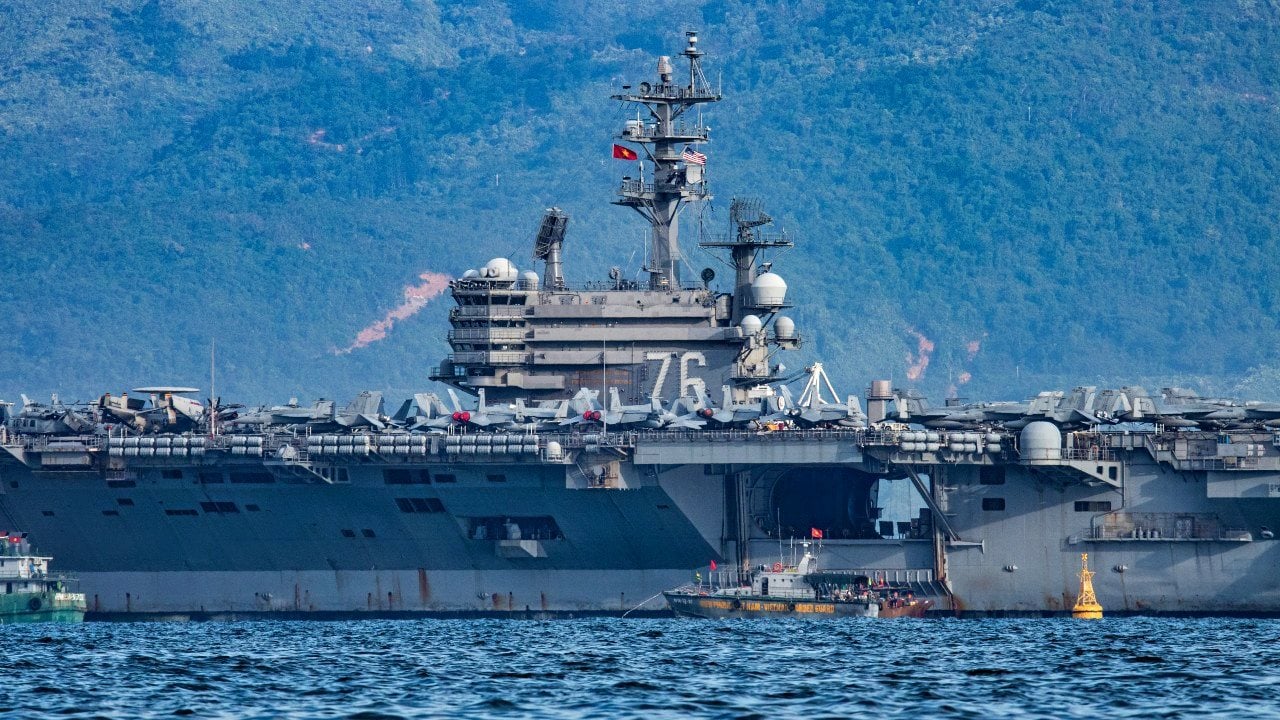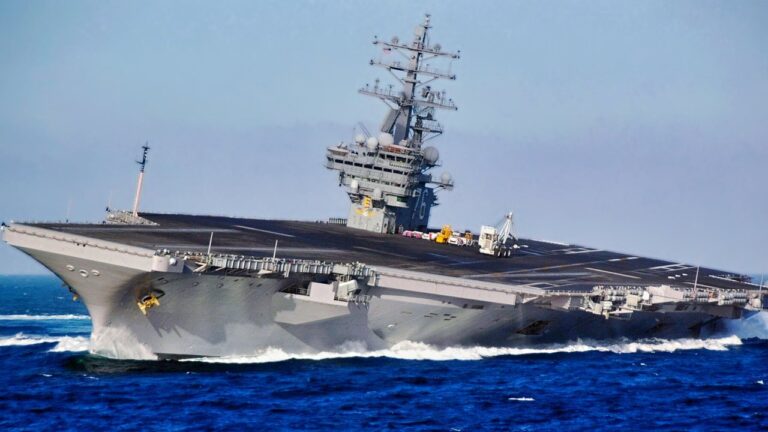Summary and key points: China is strategically modernizing its military to challenge the United States in the Indo-Pacific region, focusing on affordable and practical defenses rather than countering the U.S. with ships and aircraft.

– Key to this strategy is the development of anti-access/area denial (A2/AD) capabilities using cost-effective missiles to target U.S. forces, especially aircraft carriers and bases.
– This approach is aimed at keeping U.S. forces at bay and allowing China to conduct offensive operations against neighboring countries such as Taiwan. China’s plans include overwhelming missile attacks, cyber warfare, and electromagnetic jamming to degrade U.S. military capabilities in the region.
The Rising Missile Threat: China’s Plans to Dominate the Indo-Pacific
China is committed to challenging the U.S. military in its neighboring countries. First, by modernizing its military over the past decade. Second, by expanding the size and scope of its navy. Third, by strengthening its rocket forces. Meanwhile, China has become a key player in the global race to dominate what most experts call the “Fourth Industrial Revolution,” strategically benefiting from all the advances made in various industries, including quantum computing, biotechnology, and hypersonic weapons.
But essentially, China has combined an affordable and pragmatic defense strategy (unlike Washington’s decadent war planners) with grand ambitions to supplant the United States as the dominant power, at least in the Indo-Pacific region, by 2049, the 100th anniversary of the founding of the People’s Republic of China.
Missiles: China plans to beat America on the cheap
Specifically, China is committed to denying the threat posed by forward-deployed U.S. forces, in a form it calls “anti-access/area denial” (A2/AD). Beijing isn’t looking to counter its U.S. rivals with ships and planes, as the Soviets did during the Cold War. It wants cost-effective weapons that can keep U.S. forces on the horizon and give Chinese forces the time and space they need to launch offensive operations against neighboring nations like Taiwan.
There has been a lot of talk recently about China’s growing aircraft carrier fleet, but these systems do not have Aircraft carriers are the centerpiece of China’s military power in the Indo-Pacific. Not at all. They are ancillary to China’s overarching strategic objective of denying US access to the areas closest to China’s maritime borders. The geography of the Indo-Pacific is defined by vast oceans, US forces operate far from the US, and there is little land mass to project power from, severely limiting US capabilities here (which is why Washington has overemphasized the importance of aircraft carriers).
China’s Missile Power
These missiles would overwhelm any defense systems at U.S. military bases in the region. By targeting runways and fuel depots at U.S. military bases in the region, China’s missile forces could prevent U.S. military aircraft stationed in the Indo-Pacific from taking off. Even if some U.S. aircraft were able to take off before the runways were destroyed, these aircraft would essentially be left with no place to land.
China goes beyond U.S. military bases
Meanwhile, a Chinese attack on U.S. military bases in the region would not be an isolated incident. Beijing planners understand that their military needs to comprehensively attack and defeat U.S. assets in the region. Aircraft carriers will be the primary targets. Tankers will also be tracked and shot down. In addition, the Chinese military will target critical U.S. military satellites in orbit and destroy them to deafen and blind the U.S. military.
Sustained Chinese cyber attacks against U.S. military targets, and possibly U.S. civilian infrastructure, would wreak havoc on the U.S. side. Taiwan itself would be wrecked by continued Chinese attacks cascading across the embattled island. For U.S. forces engaging China, Beijing’s military would disrupt the electromagnetic spectrum (EM) on which many critical U.S. systems depend to function properly, further degrading U.S. military capabilities.
However, destroying these bases would be a key variable in China’s attack on Taiwan. As things stand, China will likely succeed in significantly weakening America’s position in the Indo-Pacific before the U.S. military can retaliate against China. Washington needs to seriously reassess its position and military disposition in the region. in front China believes it can defeat the US with a surprise attack.

Author experience and expertise: Brandon J. Weichert
Brandon J. Weichert is a national security analyst at The National Interest, a former congressional staffer, and a geopolitical analyst. He has contributed to The Washington Times, Asia Times, and The Pipeline. His books include Winning Space: How America Remains a Superpower, Biohacked: China’s Race to Control Life, and The Shadow War: Iran’s Quest for Supremacy. His next book, A Disaster of Our Own Making: How the West Lost Ukraine, will be published by Encounter Books on October 22. Follow Weichert on Twitter. @WeTheBrandon.
All images are Creative Commons or Shutterstock.
From the safe
Russia panics: Why the US Navy is “decommissioning” Iowa-class battleships
Battleship vs. Battlecruiser: Iowa vs. Russian Kirov (Who Will Win?)

